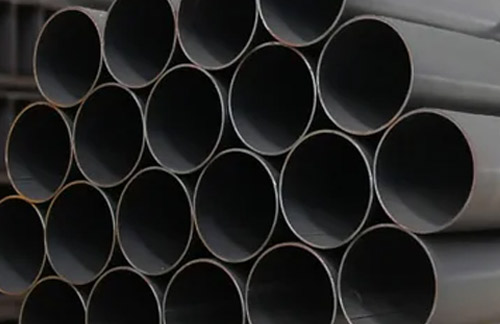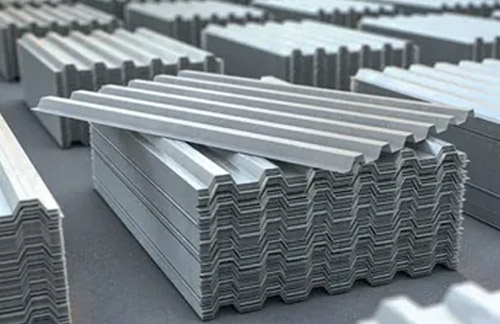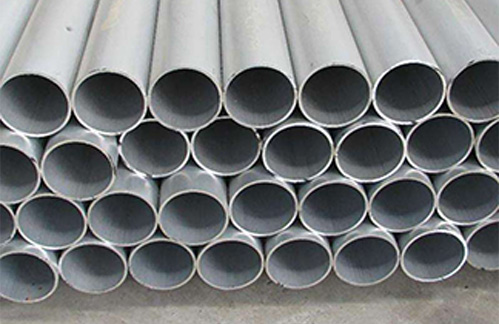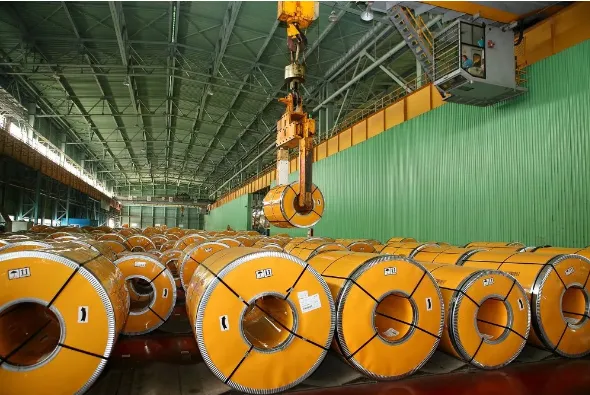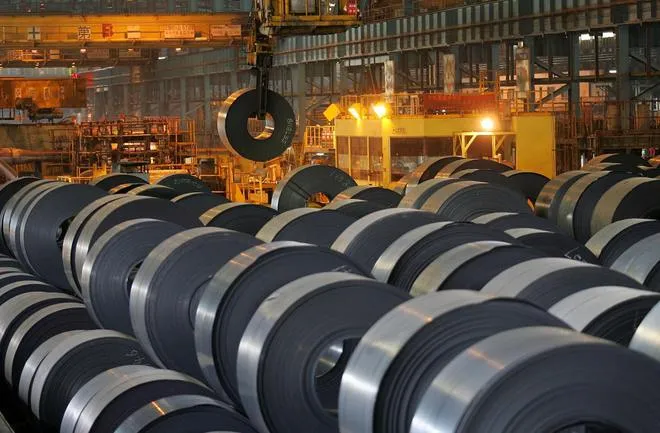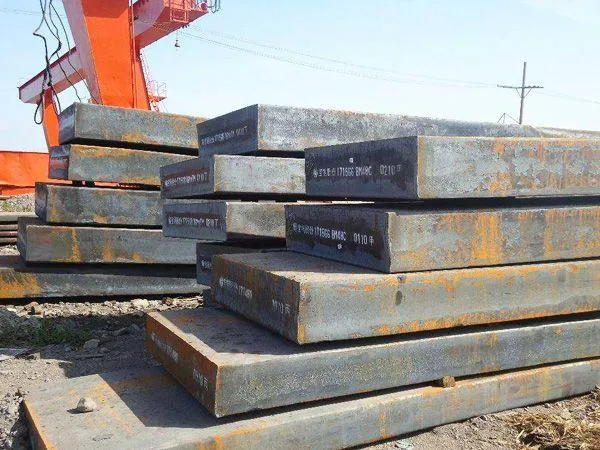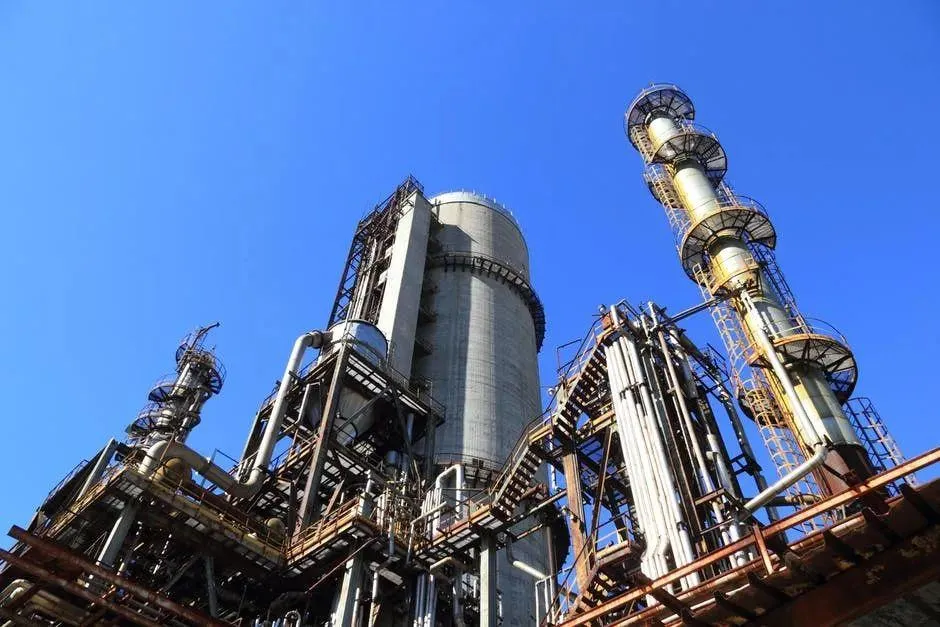The Southeast Asian Iron and Steel Association (SEAISI) recently stated that by 2026, Southeast Asia’s crude steel production may increase by 90.8 million tons, a growth of nearly 1.3 times. The crude steel production in Southeast Asia in 2020 was 71.8 million tons per year. Assuming all projects are completed on schedule, the total crude steel production in the region is expected to increase to 162.6 million tons per year by 2026.
The Southeast Asian Steel Association stated that the growth in crude steel production will be concentrated in Indonesia, Malaysia, and Vietnam, and these projects will mainly be invested by China. One of the main projects is the construction of a new joint steel plant by Wen An Steel Company in Samalaju Industrial Park, Mindaru, Sarawak, Malaysia. The project has an investment of 13 billion ringgit (approximately 3.1 billion US dollars) and an annual production capacity of 5 million tons. It is expected to start production by the end of 2024, with most of the production going towards exports.
From a product perspective, the production capacity of hot-rolled products is expected to increase from approximately 101.4 million tons per year to 190.6 million tons per year by 2026, indicating that there will be oversupply in the future and Southeast Asia will become the main export region for steel products.
The Southeast Asian Steel Association stated that as steel production capacity increases, the steelmaking process in Southeast Asia will shift more from electric arc furnaces to blast furnace converter (BF BOF) processes. The implementation speed of large-scale blast furnace steel plant projects is very fast, which means that carbon dioxide emissions will increase.
Currently, approximately 48 million tons/year of steel production in Southeast Asia is based on electric arc furnaces, with approximately 22 million tons/year using the blast furnace converter route. By 2026, the production of electric arc furnace steel is expected to reach approximately 51 million tons per year, while the production of blast furnace steel is expected to increase by more than 2.6 times, reaching approximately 80 million tons per year. As carbon dioxide emissions increase, carbon capture, utilization, and storage (CCUS) technology will be introduced to eliminate the increased carbon emissions.
The ASEAN Energy Center (ACE) predicts that carbon emissions will increase from 1.686 billion tons of carbon dioxide equivalent in 2017 to 4.171 billion tons of carbon dioxide equivalent by 2040.
In January 2022, Petronas Malaysia and Shell Sarawak conducted a joint study to enhance carbon capture and storage (CCS) capabilities. Recently, Petronas Malaysia also collaborated with Suhe Construction Company to explore opportunities to unleash the potential of CCS and identify suitable technologies for carbon dioxide capture, transportation, storage, and potential applications. CCUS can open up new opportunities by applying commercial scale carbon dioxide to methanol processes.
However, the Southeast Asian Steel Association stated that investment in Southeast Asian steelmaking capacity also faces various challenges, which have forced several projects to be postponed. The COVID-19 that began at the end of 2019 is still one of the biggest challenges. The implementation of several joint venture projects in the region has been delayed due to insufficient manpower caused by the COVID-19 lockdown measures in China. Chinese employees possess professional skills, which are key to the progress of many projects.
Another factor is the risk of low profit margins due to competition caused by structural surplus in steel products in the region. The Southeast Asian Iron and Steel Association suggests that investing in less competitive areas such as high value-added products such as stainless steel would be a win-win solution.
Suhe steel co., ltd., Your Trusted Metal Supplier
CONTACT US
Contact Us
- Suhe steel co., ltd.
- [email protected]
- +8618036897418
- D-1, Lane 148, Yantai Industrial Zone, Shacheng Town, Longwan District, Wenzhou City, Zhejiang Province, China
Copyright© Suhe steel co., ltd.
This site is protected by reCAPTCHA and the GooglePrivacy Policy andTerms of Service apply.



